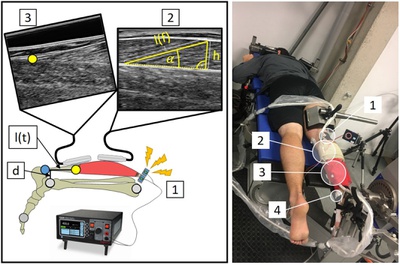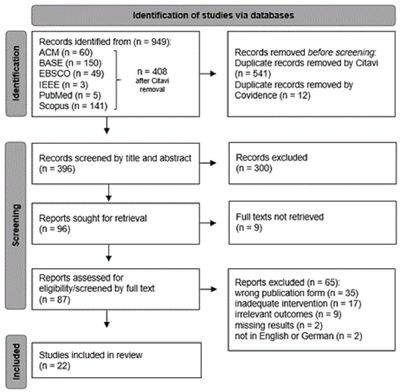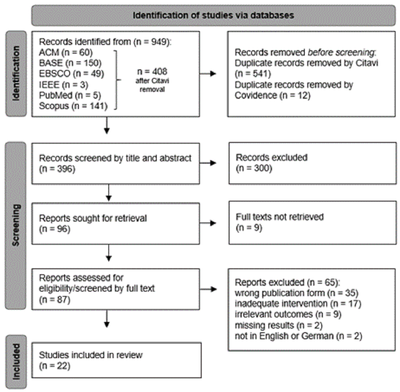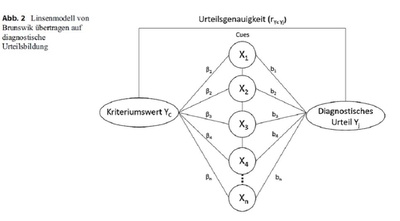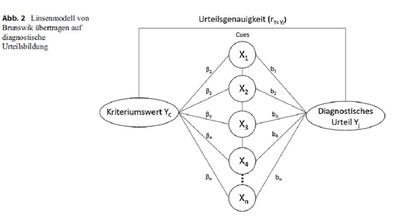
Analytical Performance of the FreeStyle Libre 2 Glucose Sensor in Healthy Male Adults
1 Oktober 2024
Continuous Glucose Monitoring (CGM) not only can be used for glycemic control in chronic diseases (e.g., diabetes), but is increasingly being utilized by individuals and athletes to monitor fluctuations in training and everyday life. However, it is not clear how accurately CGM reflects plasma glucose concentration in a healthy population in the absence of chronic diseases. In an oral glucose tolerance test (OGTT) with forty-four healthy male subjects (25.5 ± 4.5 years), the interstitial fluid glucose (ISFG) concentration obtained by a CGM sensor was compared against finger-prick capillary plasma glucose (CPG) concentration at fasting baseline (T0) and 30 (T30), 60 (T60), 90 (T90), and 120 (T120) min post OGTT to investigate differences in measurement accuracy. The overall mean absolute relative difference (MARD) was 12.9% (95%-CI: 11.8–14.0%). Approximately 100% of the ISFG values were within zones A and B in the Consensus Error Grid, indicating clinical accuracy. A paired t-test revealed statistically significant differences between CPG and ISFG at all time points (T0: 97.3 mg/dL vs. 89.7 mg/dL, T30: 159.9 mg/dL vs. 144.3 mg/dL, T60: 134.8 mg/dL vs. 126.2 mg/dL, T90: 113.7 mg/dL vs. 99.3 mg/dL, and T120: 91.8 mg/dL vs. 82.6 mg/dL; p < 0.001) with medium to large effect sizes (d = 0.57–1.02) and with ISFG systematically under-reporting the reference system CPG. CGM sensors provide a convenient and reliable method for monitoring blood glucose in the everyday lives of healthy adults. Nonetheless, their use in clinical settings wherein implications are drawn from CGM readings should be handled carefully.
